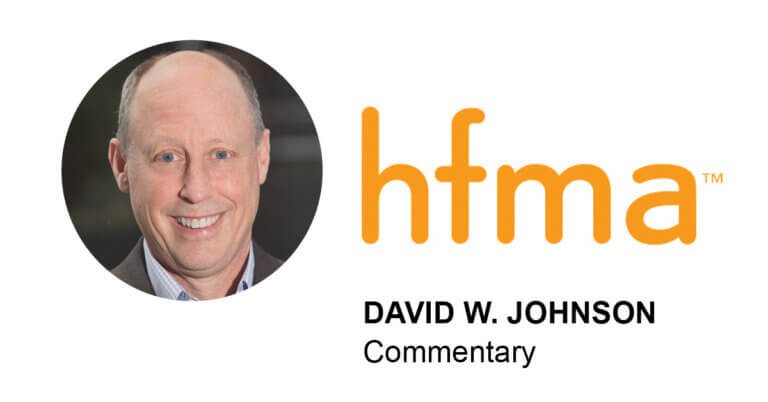May 14, 2025

Don’t Let the Surgical Suite Door Hit You on the Way Out
I’m certainly not the first to see correlations between ownership and outcomes in healthcare. Tease out an administrative, financial, clinical or operational outcome by ownership status or ownership type, and you’ll see statistically significant differences in that outcome all other things being equal.
However, what I’m starting to see in study after study, research paper after research paper, survey after survey and report after report is this. The correlation between ownership and outcome is so strong that it borders on causation. Ownership status or type causes the outcome by virtue of how the owner does things administratively, financially, clinically or operationally. So much so ownership should be a formal performance measure.
To wit, a new study suggests that who owns your hospital could determine whether you live or die after surgery. That would be the ultimate outcome, I guess.
Health Affairs published the study this week. Six researchers from the University of Chicago, University of Michigan and Ohio State University wanted to know how surgical outcomes changed at a hospital after a private equity (PE) firm acquired the hospital. The primary outcome was 30-day postoperative mortality rate, or percentage of patients who died 30 days or less after their surgeries, including while still in the hospital. Secondary outcomes included complications, failure to rescue (mortality rate of patients with complications) and readmissions.
The study period was 2011 through 2020. The study pool was 67 hospitals bought by a PE firm over that period and 634 hospitals that weren’t. The study included about 300,000 surgical episodes by Medicare beneficiaries who underwent four common surgeries: appendectomy, cholecystectomy, colectomy and incisional hernia.
Here’s what they found:
- The 30-day postoperative mortality rate at PE-owned hospitals was 2.7 percentage points higher than at the other hospitals in the study. The rate rose an average of 42% after a PE firm acquired the hospital.
- The failure to rescue rate at PE-owned hospitals was 3.9 percentage points higher than at other hospitals in the study, and the rate rose an average of 24.5% after a PE firm abought the hospital.
“The increase in mortality appears to be driven by a rise in failure to rescue,” said the six researchers, who connected the dots. “This suggests that although the quality of the surgery itself did not decline, the quality of post-operative management did worsen.”
Further, they said, “The rise in failure to rescue suggest potential issues in promptly recognizing and managing complications, likely resulting from changes in resource allocation or care processes after PE acquisition.”
That’s a polite way of saying that after they cut you open and sew you up, you’re on your own. They’ll take the money for surgery. But they’re not going to eat into their profit by spending money on things like nurses to keep an eye on you while you recover. Such a great business model.
I’ve said it before, and I’ll say it again. The most important question a patient should ask their doctor or their hospital when they first visit them is who owns them. The answer will determine what outcome awaits the patient.
Thanks for reading.
To learn more about this topic, please read:





